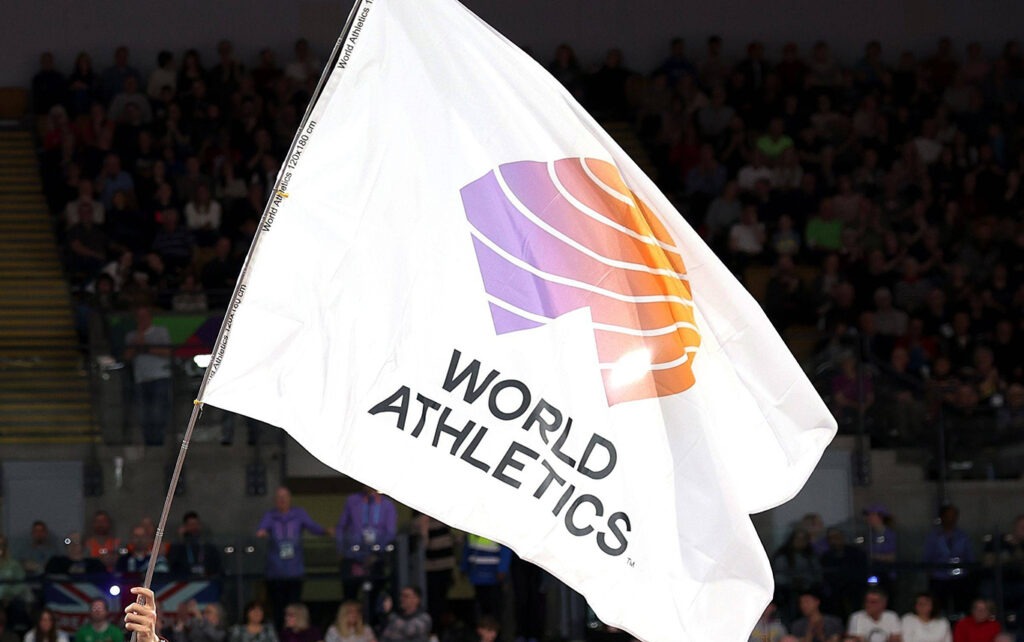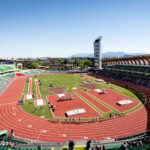World Athletics revealed on Monday that it will begin a consultation process to alter its existing regulations for transgender and difference of sex development (DSD) athletes, with cheek swabs as part of proposed changes.
In its release, the governing body announced that one of its top priorities was to preserve the integrity of female competition and will now take five recommendations from a December 2024 council session into consideration.
The five proposals focus specifically on what impact female athletes and include defining goals for the female category, revising eligibility regulations along with adopting a pre-clearance requirement for those competing in the category.
The recommendations also asks to merge difference of sex development and transgender under the same rules and also consider new initiatives like support of elite gender diverse XY athletes.
World Athletics president Sebastian Coe affirmed that the group was focused on distinct regulations that leave no question about what female eligibility is defined as by the governing body.
“World Athletics is a leader in preserving the female category in sport and one of the first international sports federations to establish clear policies on female eligibility in elite sport,” Coe said in a statement. “While our current Eligibility Regulations for DSD and Transgender athletes are robust and based on the science available at the time of our last consultation, several scientific developments in this field have emerged since then and it is our role, as the global governing body for athletics, to ensure that our guidelines keep up with the latest information available to maintain a fair and level-playing field in the female category.
In March 2023, World Athletics banned transgender athletes who had gone through male puberty from competing in the female category in any international competitions. The group later planned a study on transgender inclusion.
But the announcement on Monday leaned on research that World Athletics noted that male advantage in sports is present before puberty. The findings, dating back to the 2023 ruling, concluded that despite using testosterone suppression medication trans women held clear advantages in endurance, strength and lung capacity.
“Exposure to testosterone during male puberty results in sex differences in height, wingspan, pelvic and lower limb architecture,” the recommendation report read. “It was recognized that these body differences provide XY athletes with an advantage, especially in certain events, and that the differences do not respond to suppression of blood testosterone levels in XY athletes after puberty. The extent to which these differences represent a persistent and unfair advantage in trained XY athletes on testosterone-lowering treatment was not well understood at the time, and it was recognized that further studies were necessary to better understand these advantages.”
Current regulations for DSD athletes mandates them to reduce their testosterone levels below 2.5 nmol/L (nanomoles per liter) for at least six months to participate in any female category international competition.
Under the new proposal, World Athletics looks to group DSD and transgender athletes under the same rules since its findings has determined that “testosterone suppression in 46XY DSD and 46XY transgender individuals can only ever partly mitigate the overall male advantage.”
While the group assigned to examine each of the proposals turned their recommendations over on Monday, the consultation period will end on March 5.







